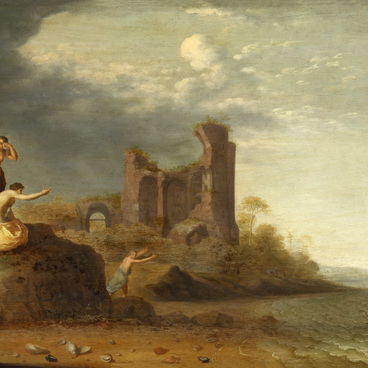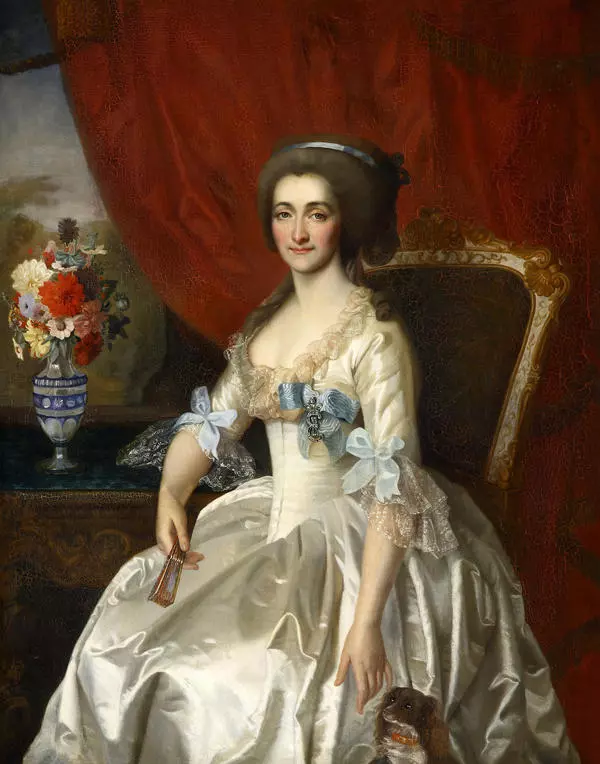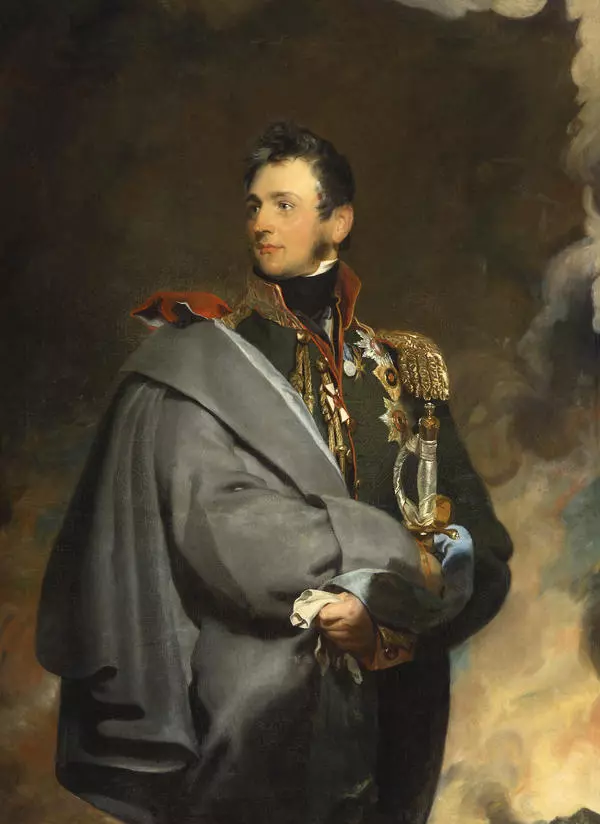Semyen Romanovich Vorontsov was born in 1744. His mother died before he was 1-year old. He was raised by Vorontsov in the village in the house of his grandfather. At the age of 16 he made a trip around Russia. In 1762 he joined the Preobrazhenskiy Regiment as a commissioned officer.
The palace coup, after which Catherine II came to power, caused indescribable rage in Semen Romanovich. For his loyalty to Peter III, he was even arrested.
At the request of his uncle, he was appointed to the position of adviser to the Embassy in Vienna in 1764.
In 1783, Vorontsov was appointed to the position of Minister in Venice, and from 1784 he headed the Russian diplomatic mission in London. In 1793 Semen Romanović entered into Russian-English convention relating to trade and joint action against revolutionary France.
In 1800, Russia 's relations with England broke down, leading to the resignation of Vorontsov and the subsequent confiscation of his property. Only young Emperor Alexander I after coming to power, restored Vorontsov in the previous rights. Semen Romanović retired in 1806. Before his death, Vorontsov lived in London.
Semyon RomanovichVorontsov’s large representative portrait is a copy of Louise Desseme from the original painting by the English artist Richard Evans. Count Vorontsov is depicted sitting. He is in leather chair with low back, there is a pink handkerchief on his knees. A strict dark frock-coat is contrasted by a white neck handkerchief. On the chest there is the highest Russian order of St. Andrei the First-called with blue ribbon. Despite the old age, Vorontsov is straight and strict, there is peace and nobility in his face.
The round table with books nearby demonstrates the vast knowledge and good education of Vorontsov. He was one of the most enlightened Russian men of his time. He gave a good education to his son - the first owner of the Alupkin Palace - Mikhail Semyonovich Vorontsov.
There is very little information concerning the life of Louise Desseme. The only document where she is called as an artist is the admission on copying in Vorontsov’s gallery which is written out to the artist. It is likely that the orders of the Vorontsov family filled her day entirely and did not leave time for her own work.
The palace coup, after which Catherine II came to power, caused indescribable rage in Semen Romanovich. For his loyalty to Peter III, he was even arrested.
At the request of his uncle, he was appointed to the position of adviser to the Embassy in Vienna in 1764.
In 1783, Vorontsov was appointed to the position of Minister in Venice, and from 1784 he headed the Russian diplomatic mission in London. In 1793 Semen Romanović entered into Russian-English convention relating to trade and joint action against revolutionary France.
In 1800, Russia 's relations with England broke down, leading to the resignation of Vorontsov and the subsequent confiscation of his property. Only young Emperor Alexander I after coming to power, restored Vorontsov in the previous rights. Semen Romanović retired in 1806. Before his death, Vorontsov lived in London.
Semyon RomanovichVorontsov’s large representative portrait is a copy of Louise Desseme from the original painting by the English artist Richard Evans. Count Vorontsov is depicted sitting. He is in leather chair with low back, there is a pink handkerchief on his knees. A strict dark frock-coat is contrasted by a white neck handkerchief. On the chest there is the highest Russian order of St. Andrei the First-called with blue ribbon. Despite the old age, Vorontsov is straight and strict, there is peace and nobility in his face.
The round table with books nearby demonstrates the vast knowledge and good education of Vorontsov. He was one of the most enlightened Russian men of his time. He gave a good education to his son - the first owner of the Alupkin Palace - Mikhail Semyonovich Vorontsov.
There is very little information concerning the life of Louise Desseme. The only document where she is called as an artist is the admission on copying in Vorontsov’s gallery which is written out to the artist. It is likely that the orders of the Vorontsov family filled her day entirely and did not leave time for her own work.





